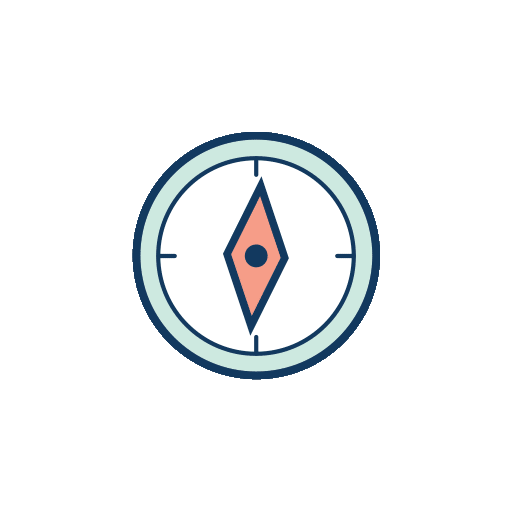Bimaristan Qaimari
About the place
- Country : Syria , Damascus
- Address : Bimaristan Qaimari, Souq Al Jomaa, Damascus, Syria
- Category : Museums
- Establishing Date : 656 AH / 1258 AD
- founder : prince "Saif al-Din Abu al-Hasan Ali bin Yusuf bin Abi al-Fawares al-Qaimari al-Kurdi"
Bimaristan Qaimari
Overview:
• The word Bimaristan is Persian in origin, consisting of (bimar) meaning sick and (stan) meaning home, which means “the home of the sick”, as it was like hospitals and schools of medicine.
• “Al-Bimaristan Al-Qaimari” is located in Damascus in the middle of the old “Salihiya” area at the foot of Qasioun Mountain, next to the “Sheikh Muhyi Al-Din” mosque and opposite the “Salmiya” hospice (Tekayah).
• The bimaristan was established by the great prince "Saif al-Din Abu al-Hasan Ali bin Yusuf bin Abi al-Fawares al-Qaimari al-Kurdi" in the year 646 AH and 655 AH, as indicated by the inscription on the bimaristan. Then he died in the year 653 AH, and was buried at the foot of Mount Qasioun in his dome towards the Bimaristan.
Historic overview:
• Al-Bimaristan Al-Qaimari is one of the most prominent of these landmarks and had a major role in comprehensive health care. It is considered one of the historical buildings that dates back to the late Ayyubid period in Syria. It is one of the greatest monuments of Damascus and one of the most beautiful ancient buildings in Damascus, with its beautiful planning and decoration. It is also one of the most famous and complete surviving bimaristans in the Islamic world, not only in Damascus, as it still retains many of its architectural, decorative and epigraphic elements, and is a living example of scientific and civilized progress for Arab Muslims.
• Construction began in the year 654 AH / 1248 AD, and its construction was completed in the year 656 AH / 1258 AD.
• The story of the construction of the “Al-Qaimari” bimaristan is similar to the story of the “Al-Nouri” bimaristan, where historical sources say that Prince “Saif Al-Din” had offered a large dowry to his wife, the daughter of Prince Izz Al-Din, exceeding two hundred thousand dinars and a load of twenty beasts of valuable goods. And when she died without a child, he took her dowry and coins, and spent it all on building the bimaristan and endowing it to be an ongoing charity that she left on the land.
Resources:
Damascus Plans (Khotat Demashq) / by Akram Alabi
Al Qalaed Al Gawhareya / by Ibn Tulun
Shazarat Al Zahab fi Akhbar min Zahab / by Ibn al-Imad
The Beginning and the End (Al Bidaya wa Al Nihaya) / by Ibn Kathir
Dictionary of countries (Mo'jam Al Boldan)/ by Yaqout Al-Hamawi
Islamic architecture (Al Omara Al Islamiya) / by Rihawi
alkhaleej website
esyria website
Researcher Nabila Al-Qusi's article on naseemalsham.com
aawsat website


